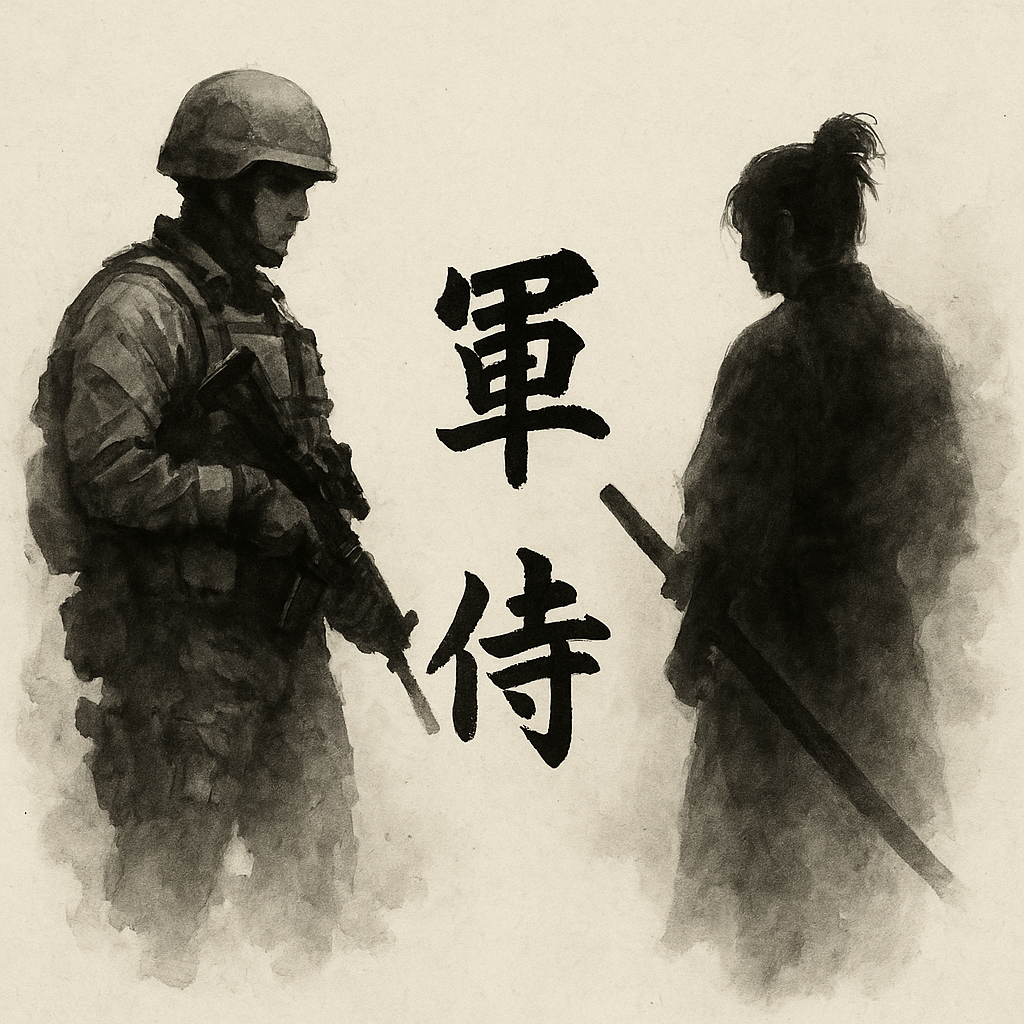In Japanese, the kanji 道 is commonly read as michi — it means road, street, path.
Simple. Literal. A direction you walk.
But in compound words like:
- Kendō (剣道) – the Way of the Sword
- Jūdō (柔道) – the Way of Gentleness
- Bushidō (武士道) – the Way of the Warrior
the same character is read as dō, reflecting something deeper:
a path of discipline, self-refinement, and spiritual commitment.
🇯🇵 Here’s the Twist: The Master Doesn’t “Master the Dō” — He Masters the
Michi
This is where Japanese gets beautifully complex.
While dō suggests a disciplined way of life,
when someone becomes a true expert, native speakers say:
“He’s mastered the michi.”
“She’s devoted her life to that michi.”
Not dō — michi.
Even though the kanji is the same, the reading shifts.
And with it, the feeling shifts too.
Michi becomes personal, lived, earned.
It’s no longer just a philosophical “Way” — it’s your way, walked with patience and intent.
🔤 One Character. Two Readings. Two Realities.
This is the soul of the Japanese language:
Meaning is shaped not just by what’s written, but by how it’s read.
- Dō evokes a formal path, a structured discipline.
- Michi speaks of a life walked, a journey made real through time and experience.
You don’t “master the dō.”
You master the michi — because it’s yours.
🈶 Why This Matters for Tattoos
Choosing the kanji 道 for a tattoo means more than selecting a cool symbol.
It’s about expressing a path you’ve walked — or the one you intend to walk.
But here’s the truth:
If you don’t know how it’s read, you can’t know what it really means.
This is why kanji tattoos go wrong so often —
because the heart of the character is lost in translation.
🌙 Tsukuyomi Ink Helps You Get It Right
We’re not here to sell symbols.
We’re here to help you express something real —
in a language that carries layers of meaning, sound, and spirit.
At Tsukuyomi Ink, we guide you through those layers.
So that when you choose a kanji like 道,
you’re not just putting ink on skin —
you’re honoring the journey beneath it.





No comments yet.